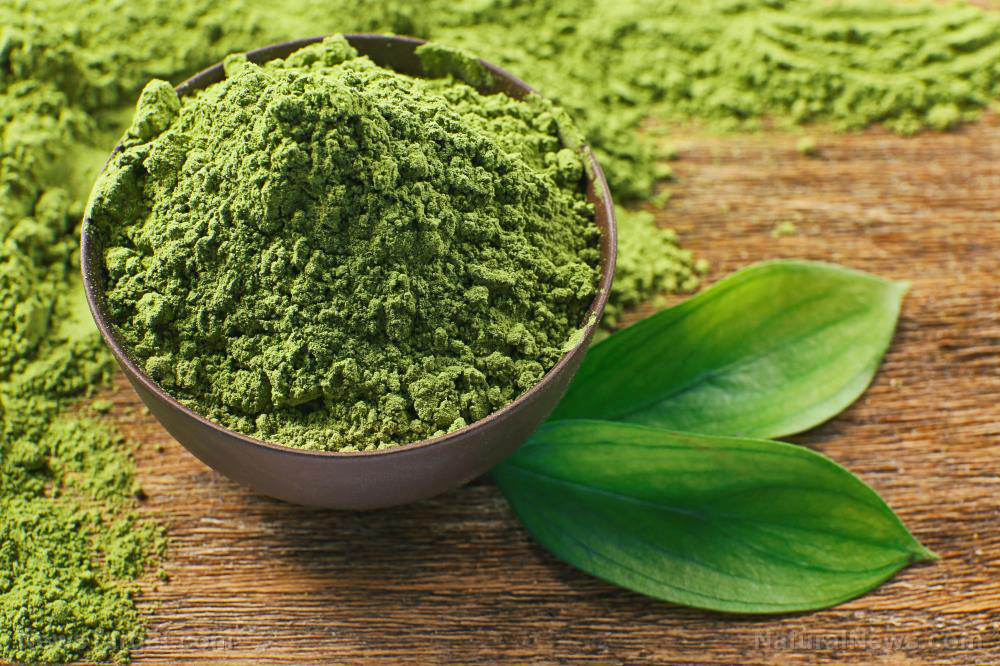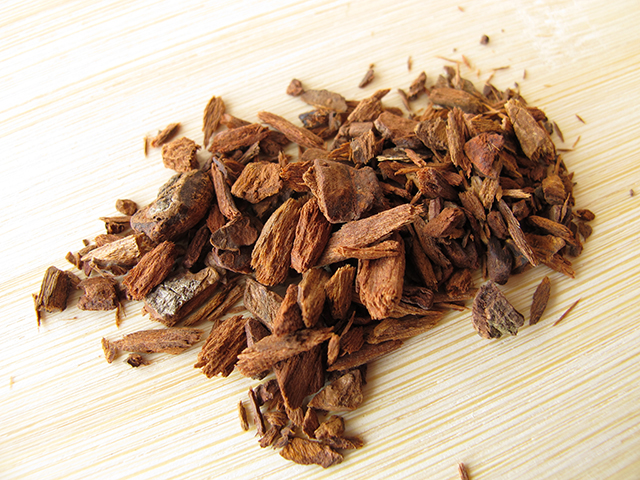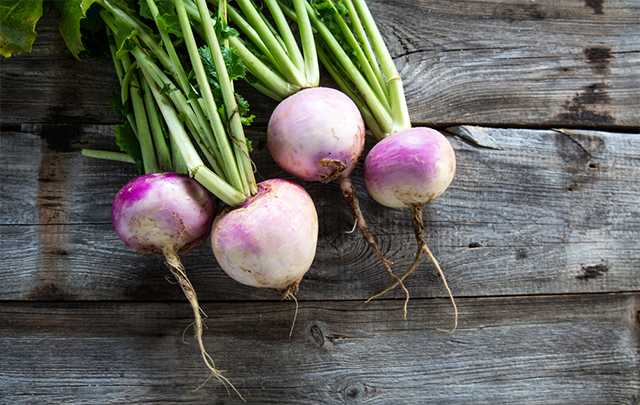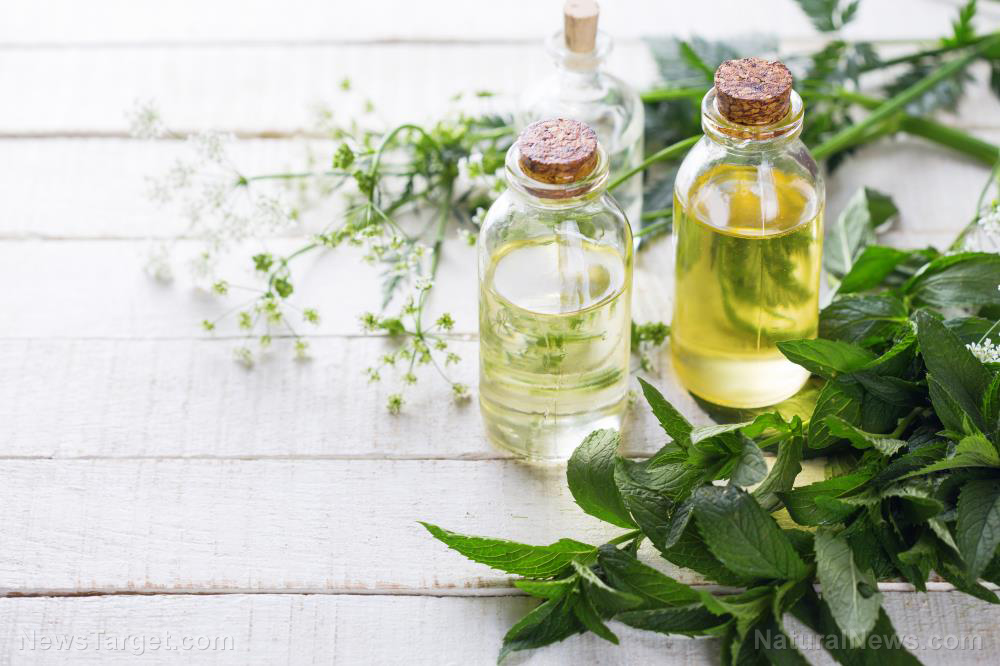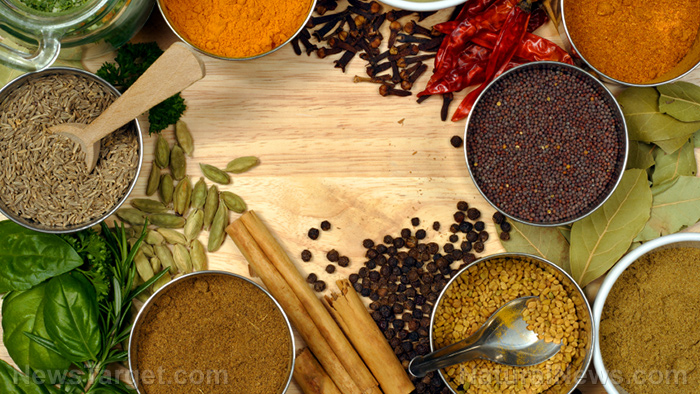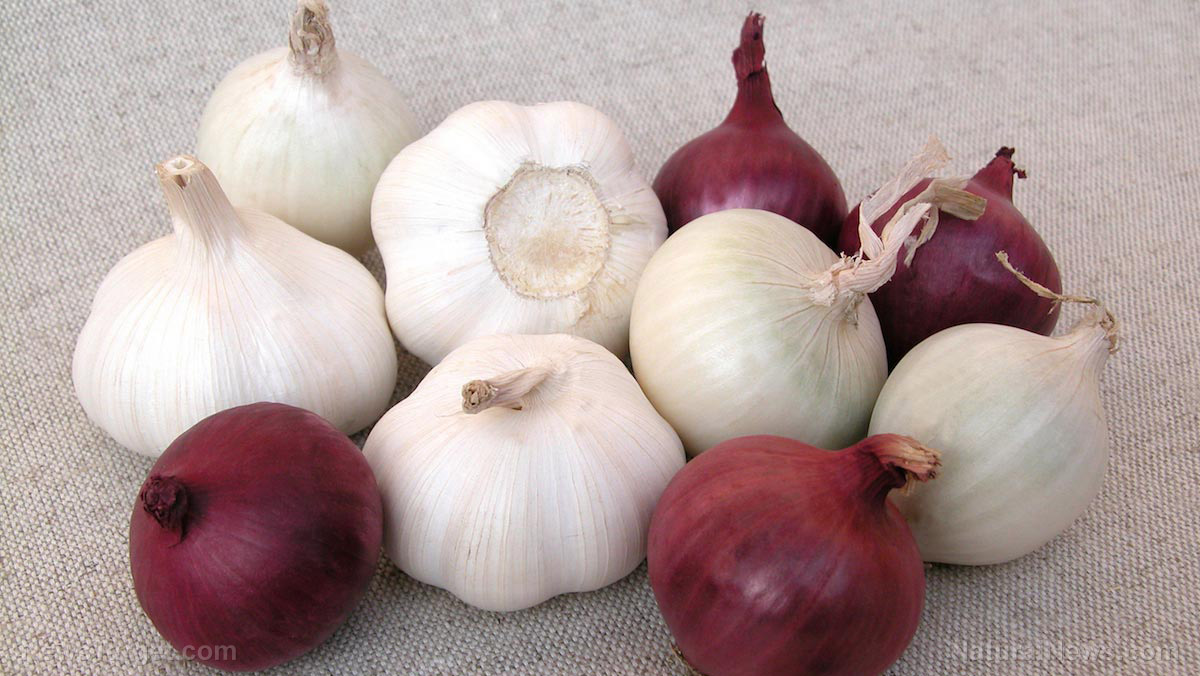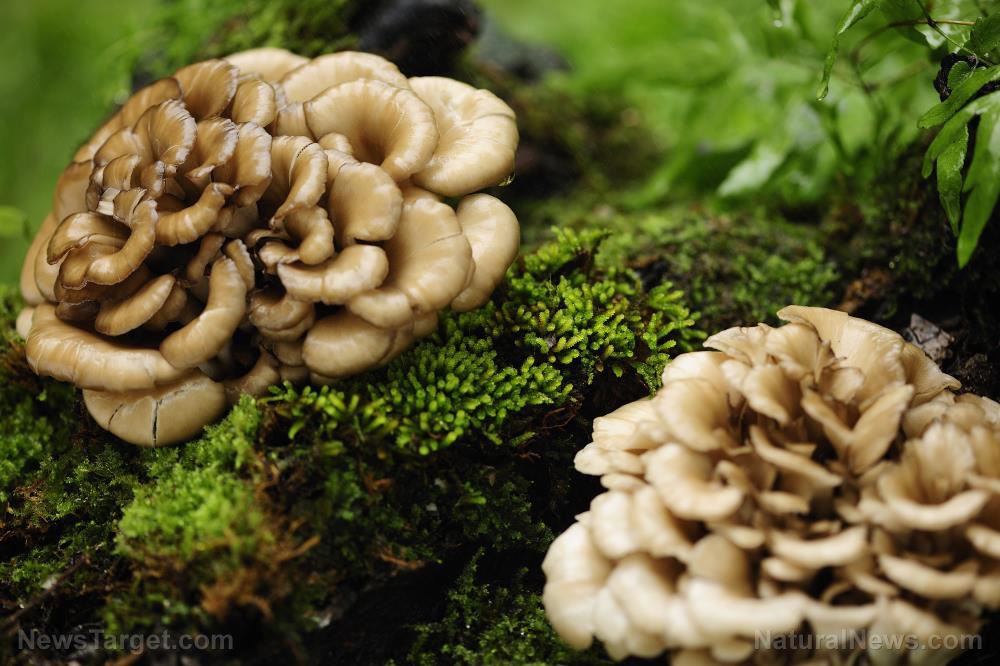Better take basil: Reduce oxidative stress and inflammation naturally with this amazing superfood
07/31/2020 / By Divina Ramirez
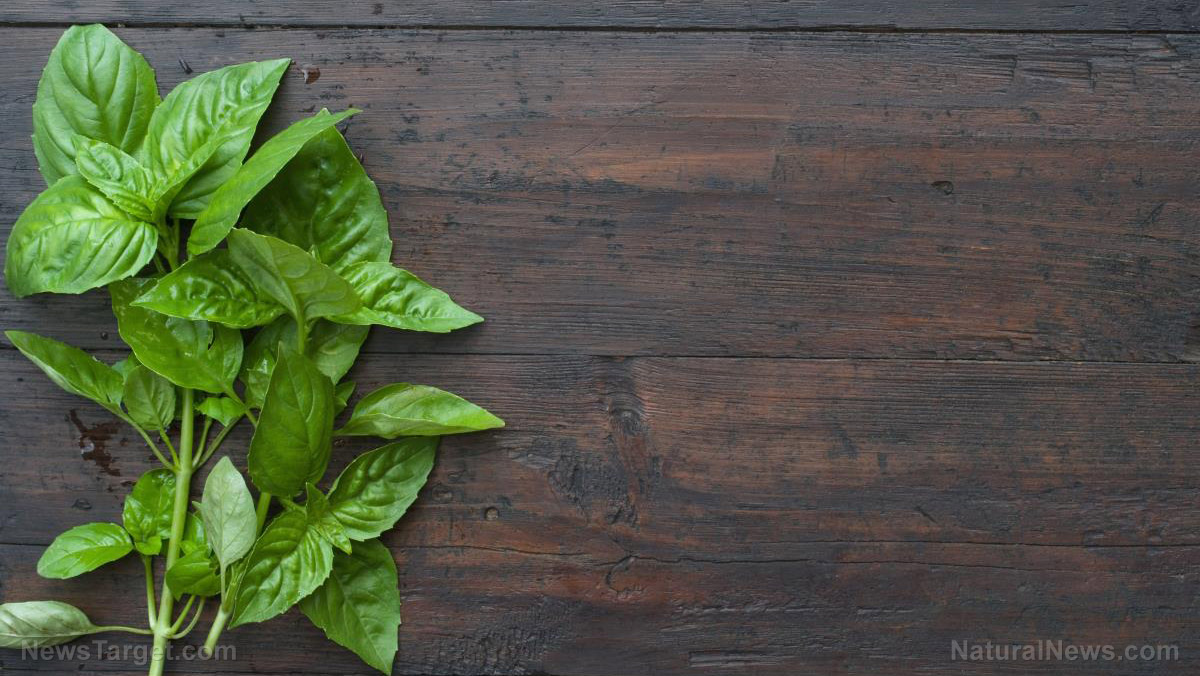
Basil is an indispensable herb in kitchens around the world. From thick sauces to herbaceous salads, basil is an important ingredient in a number of recipes from various cuisines. But studies show that this popular herb not only belongs in the kitchen, but also in a medicine cabinet.
In a recent study published in the Journal of Food Science and Technology, Chinese researchers found that many of the potent compounds present in basil oil, such as methyl eugenol and linoleic acid, can help neutralize free radicals and reduce inflammation.
The researchers also noted that the beneficial properties of basil oil can be maximized to develop holistic treatments for conditions linked to chronic inflammation and oxidative stress.
Basil is a rich source of antioxidants and anti-inflammatory compounds
More than just an herb for cooking, basil (Ocimum basilicum) has been used as a natural medicine for millennia. In fact, basil continues to be used in traditional Chinese medicine to promote blood circulation and treat stomach disorders.
To understand the molecular mechanisms behind basil’s health benefits, researchers from Hainan Medical University and Xi’an Jiaotong University in China studied the major constituents of basil crude oil and its residue and distillate fractions.
They identified the main components in the crude oil and fractions as linalool, estragole, methyl eugenol and a-bergamotene. The residue fraction also contained a-cadinol, hexadecanoic acid and linoleic acid, while the distillate fraction contained carotol, a constituent of carrot seed oil.
The researchers then assessed each compounds’ ability to scavenge free radicals, which are unstable molecules that cause oxidative stress. This type of cellular stress is known to damage different cell components. Oxidative damage, especially to DNA, is widely believed to be the cause of premature aging and chronic diseases like cancer.
Between basil crude oil and its two fractions, the residue fraction showed the highest antioxidant activity. The distillate fraction, on the other hand, exerted the most significant effect on pro-inflammatory molecules. This fraction also had the highest concentrations of methyl eugenol, linoleic acid and a-cadinol.
In addition, the distillate fraction appeared to have the same effect as indomethacin, a nonsteroidal anti-inflammatory drug used to treat fever, pain, stiffness and tenderness.
Based on these findings, the researchers concluded that basil is a rich source of antioxidant and anti-inflammatory agents that can reduce both inflammation and oxidative stress.
Eugenol in basil: a promising holistic treatment for arthritis, diabetes and heart disease
Eugenol is a natural antiseptic found in basil and other aromatic herbs. According to studies, this active compound can protect against arthritis, diabetes and heart disease.
In 2012, a team of researchers from Brazil and the U.S. found that eugenol has anti-arthritic effects. In particular, eugenol reduced the levels of pro-inflammatory signals inside the affected ankle joints of arthritic mice. This finding suggests that eugenol can be used as a beneficial supplement for the treatment of rheumatoid arthritis in humans. (Related: 14 Natural treatments for rheumatoid arthritis.)
Other studies indicate that basil essential oil can potentially halt the pathogenesis of diabetes and heart disease, thanks to the high amounts of phenolic compounds it contains. Among these phenolic compounds are eugenol, linalool and estragole.
Taken together, these studies show that because of its abundance of active components, basil has huge medicinal potential, especially for preventing diseases that are linked to inflammation.
For more articles about basil and other medicinal herbs, visit Herbs.news.
Sources include:
Tagged Under: alternative medicine, anti-inflammatory, antioxidants, basil, disease prevention, disease treatments, food cures, food is medicine, functional food, heart health, herbal medicine, Herbs, natural cures, natural medicine, phytonutrients
RECENT NEWS & ARTICLES
Herbs.News is a fact-based public education website published by Herbs News Features, LLC.
All content copyright © 2018 by Herbs News Features, LLC.
Contact Us with Tips or Corrections
All trademarks, registered trademarks and servicemarks mentioned on this site are the property of their respective owners.


